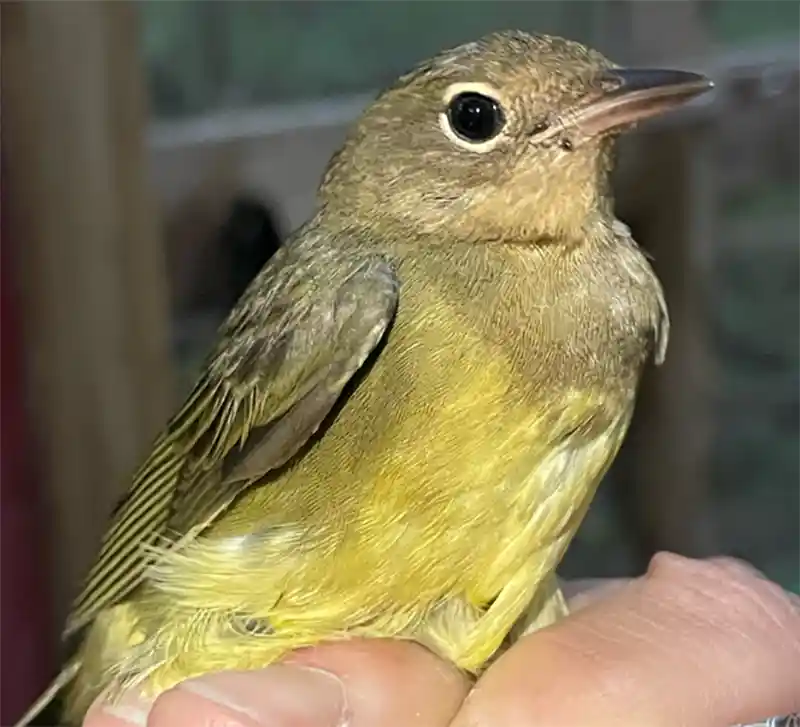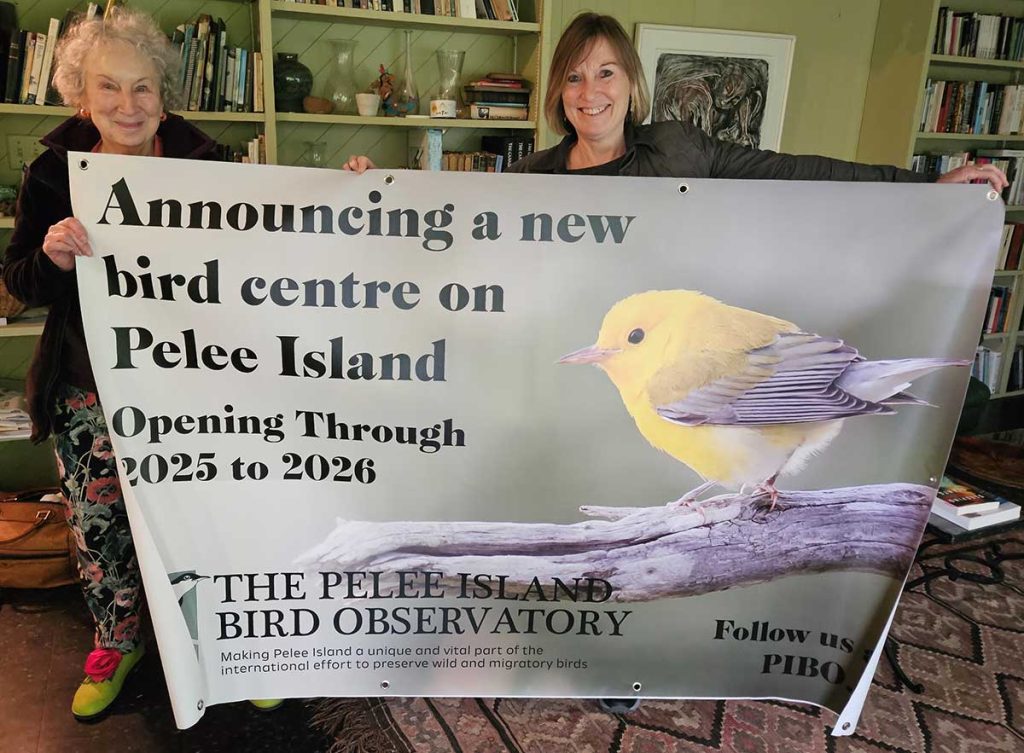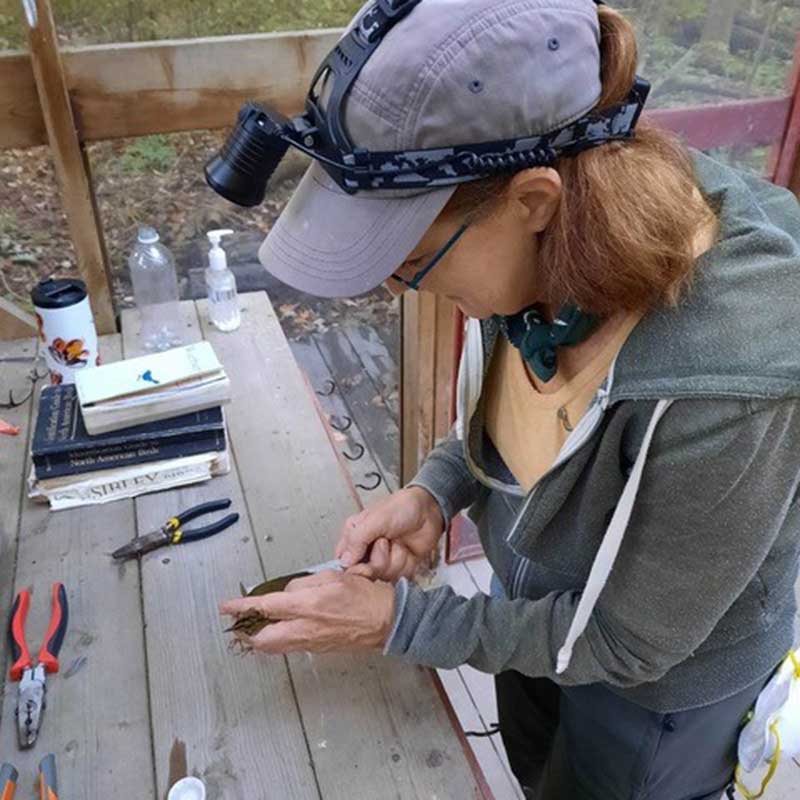Welcome
Our appreciation to Paul Jones, Mike V.A. Burrell, Richard K. Cooper, Sumiko Onishi and all the bird photographers who shared their work in these pages.
WELCOME TO THE PELEE ISLAND BIRD OBSERVATORY
The Pelee Island Bird Observatory (PIBO) is uniquely situated on the most southerly island in Canada, nestled in the western arc of Lake Erie, between the mainlands of Ohio and Ontario, but most importantly, in the path of two major migratory flyways for songbirds that winter in Central and South America and breed in Ontario. Among PIBO’s many research and outreach projects, PIBO conducts annual migration counts and bird banding. We also monitor the island’s significant breeding bird communities. Our online newsletter, The Auspice, provides migration summaries, records unusual bird sightings, bird population declines, and other birding news. And our downloadable bird checklist highlights the impressive range of birds that visit Pelee Island, including several Species at Risk and those that have limited breeding ranges in Ontario. Find out more about Who We Are and What We Do—and what YOU can do to help protect birds and bird habitat in southeastern Ontario
Donate on Giving Tuesday
Your generosity this Giving Tuesday ensures we can continue to track endangered species on Pelee Island like the Yellow-breasted Chat. Species at Risk depend on monitoring like ours to protect their habitat and ensure their survival . Your support makes this happen.
Migration Summary - August 15th - 31st
Join BIRDS of a FEATHER!
Help PIBO expand its research, education, and outreach programs!
Join PIBO’s new membership program—BIRDS of a FEATHER—and receive The Pinion, our new bimonthly e-journal of news, views, and reviews at home on Pelee Island and along the hemispheric flyways. Together, we can build a better future for birds.
On Mother’s Day 2024, the Pelee Island Bird Observatory officially announced the development of a new Bird Centre on Pelee Island. A little more than a year before, PIBO purchased The Bike Shop, formerly the LCBO, which sits on West Shore Road almost across from the ferry terminal. Demolition has already begun to gut the interior and begin the two-million dollar renovation that will see the building reborn as a research and education centre. Stayed tuned for stories about the transformation of PIBO’s fledgling project.
Work With Us!
Every year PIBO hires two Assistant Field Biologists, one for the spring banding season and one for the fall. We also welcome volunteers to work with our field staff on Pelee Island throughout the April to October season.
In the fall, we welcome a PIBO International Intern, an ornithologist or avian biologist working somewhere along the hemispheric flyway. Our first in this important skills-exchange program was Martha Ramirez Cruz from Hidalgo, Mexico.
We run a variety of important projects on the island, including bird banding (in 2023 we banded nearly 2,800 birds between May and October), breeding bird studies, migration monitoring, and Purple martin research.
If you are interested in being a volunteer or working with PIBO, find out more:




